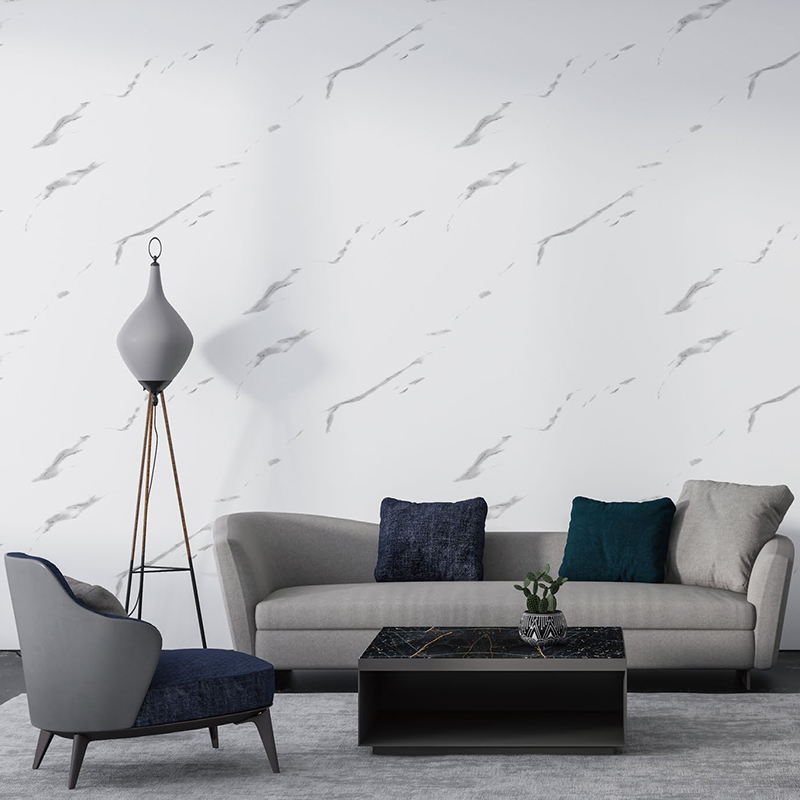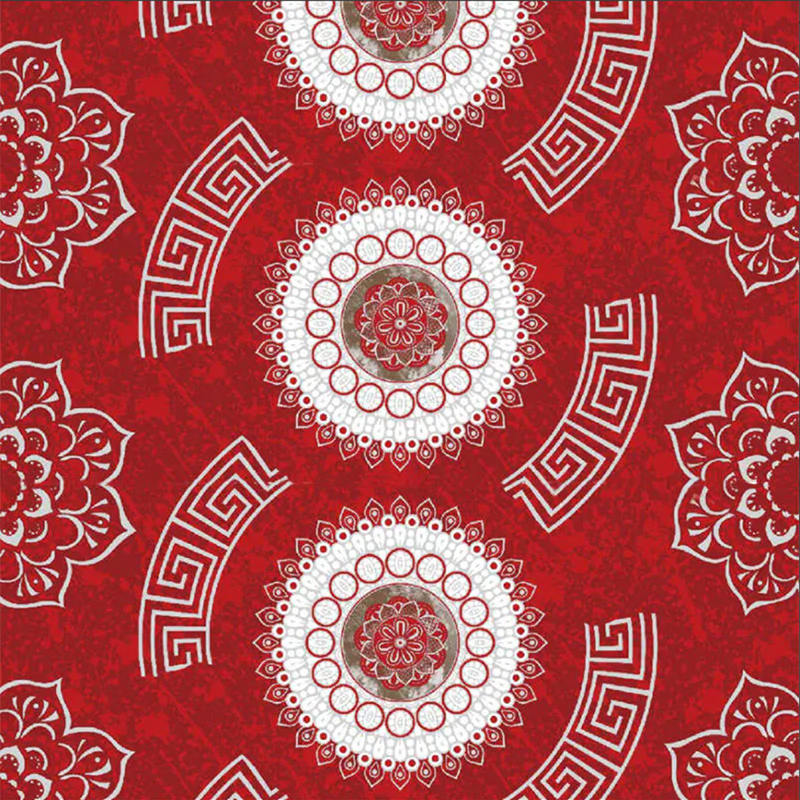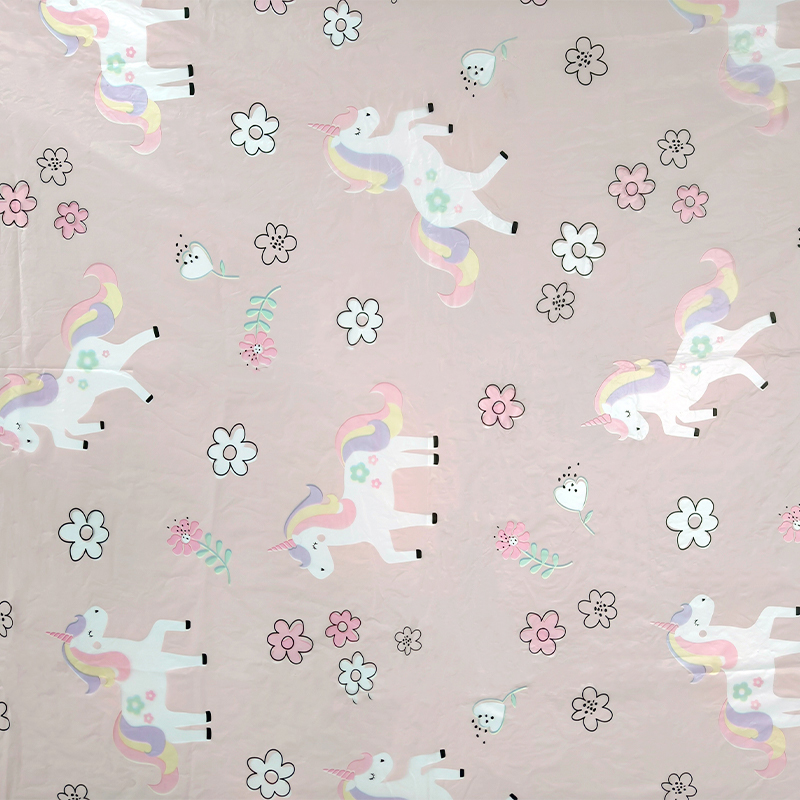When it comes to foldable crawling mats, thickness is more than a matter of preference—it’s a critical factor that directly influences both comfort and safety. Parents, caregivers, and early childhood educators alike need to understand how the dimensions of a mat can shape a child’s experience, particularly during those formative stages of movement and exploration.
The Cushion Between Curiosity and Consequence
At its core, a crawling mat serves as a buffer between a child and the often unforgiving surface beneath. A thin mat—typically under 0.4 inches (1 cm)—may offer visual appeal and convenience, but it frequently falls short in absorbing impact. Young children are prone to tumbles, topples, and stumbles. A mat that lacks adequate padding can’t mitigate these incidents effectively, potentially resulting in minor injuries or discomfort.
On the other hand, a mat boasting a thicker profile—anywhere from 0.6 inches (1.5 cm) to over an inch—creates a much more forgiving landing zone. This extra layer of cushioning absorbs shocks, softens blows, and shields delicate joints, especially knees and wrists, from strain. It’s not just about comfort—it's about safeguarding developmental mobility.

Balancing Support and Stability
Ironically, too much thickness can present its own complications. Ultra-thick mats, while plush, can become unstable. Babies who are just beginning to crawl or stand may find it difficult to balance or gain traction on excessively soft surfaces. An overly spongy mat can throw off motor coordination, creating a frustrating learning environment.
The optimal thickness? It depends on the mat’s density. A high-density foam mat at 0.6 inches can outperform a low-density one at 1 inch in both support and durability. It's not only the height—it’s the composition that counts.
Comfort: The Daily Experience
Comfort isn’t an abstract luxury—it’s a tangible element that affects how often and how long a child engages with their play environment. A mat that’s too thin can lead to cold transfer from hard floors, while a sufficiently thick mat insulates and offers a cozy zone for prolonged crawling, sitting, or napping. The result? Less fuss, more focus.
Additionally, thicker mats often reduce noise—a subtle but significant benefit in homes with hardwood or tile floors. A quieter environment fosters calm, especially during rest times or when multiple children are at play.
Safety Considerations Beyond the Obvious
Safety extends beyond cushioning. Thicker mats tend to offer better slip resistance, particularly when backed with high-grip materials. They’re also less likely to bunch, fold, or shift out of place—issues that can lead to tripping hazards.
Foldable designs add another layer of practicality, allowing for easy storage and mobility. However, a thicker foldable mat must also maintain structural integrity along the fold lines. Inferior designs may develop weak spots where padding compresses or deteriorates over time. Quality engineering makes a difference.
A Matter of Measured Choice
Choosing the right crawling mat isn’t simply a stylistic decision—it’s a calculated one. Thickness plays a decisive role in delivering both comfort and safety, but it must be balanced with density, material quality, and design.
Look beyond the numbers. Consider the tactile experience, the safety profile, and the physical demands of your child’s developmental stage. A well-chosen mat supports more than play—it supports growth, confidence, and peace of mind.



 English
English Français
Français русский
русский عربى
عربى Español
Español











